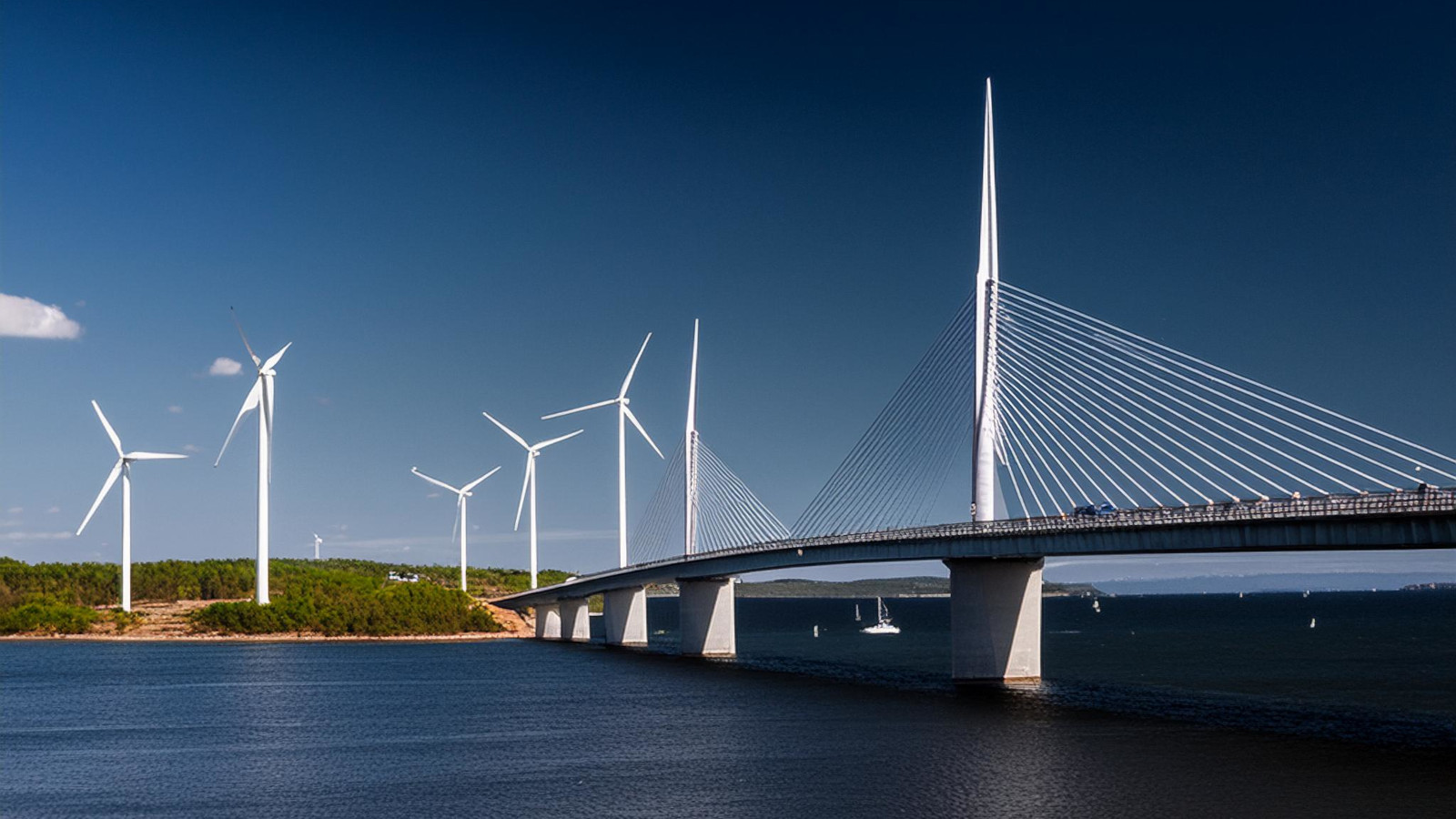
Despite its immense importance for the economy, the civil engineering sector rarely gets as much attention as other construction sectors. Nevertheless, it accounts for 22% or 449 billion Euro of the total EC19 construction market which is estimated at 2 070 billion Euro (2023).
Due to its nature, characterized by long-term projects and public funding, civil engineering investments fluctuate less than the residential or non-residential building markets. Multinational funds in the EU have generally been a stabilizing factor in several countries. Nowadays, the EU funds channel money through The Next Generation EU program and Green Deal, which are pushing investments in civil engineering.
However, in the aftermath of the Covid-19 pandemic, many European governments severely cut funding in order to fight public deficits and debt. In addition, the unexpected rise in inflation, leading to cost increases added to spending cuts and postponed projects. This means that important new infrastructure investments have been too low just after the pandemic, and that the maintenance debt that has accumulated over time increased at an even higher rate in many countries.
Long distances and large exports make Sweden stand out
Due to Sweden’s elongated shape, measuring 1600 kilometers from the north to the south, and 500 kilometers from the west to the east, the demand for roads and railways is significantly higher than in many other European countries. In addition, the Swedish mining, steel and forest industries which are mainly located in the north constitute a significant part of GDP and exports, creating huge demands for reliable transports. The green industrial revolution which is currently taking place in the north of Sweden further drives investments in roads, railways, marine infrastructure and energy.
In 2023, investments in civil engineering accounted for 38 percent of the total construction market in Sweden, compared to the 22% EU average. Even so, the majority of roads and railways in Sweden were constructed long ago but in general has not been maintained very well. Consequently, after decades of far too low investments and a continuously increasing maintenance debt, current demand widely exceeds actual investment levels.
“In the EUROCONSTRUCT-19 area, Sweden has one of the highest shares of civil engineering. “
ABOUT THE AUTHOR
Mårten Pappila
Prognoscentret AB
Mårten Pappila is construction market analyst at Prognoscentret which is the Swedish member in Euroconstruct. Mårten has a Master's degree in Economics from the Gothenburg School of Economics. He has a broad experience from the government sector including national accounts, financial statistics and labor market analysis.
Investment in civil engineering expected to increase from 2025 onwards
This year, total investment in Swedish civil engineering is expected to decrease slightly but from 2025 an increase is projected. Extensive investments are required to reach climate goals and to adapt the power system to a new energy mix and increasing demand for power due to the growing green industries. The forecast for the energy sector shows increased investments in wind power but also in electricity distribution and grids.
The Swedish government has decided to cut spending in real terms on new roads and railroads during this year. However, the long-term national plan for transport infrastructure, which provides a framework for public spending on infrastructure, shows a discrepancy between planned and actual investment levels in 2023-2024. The Swedish government is therefore likely to increase transport investments from 2025 and in subsequent years.
Moreover, the long-term infrastructure plan is revised every fourth year, with the next revision scheduled in 2026. The Swedish Transport Administration indicates that environment, climate and maintenance will be given higher priority.
- Climate targets will be achieved through widespread electrification and by increasing the share of biofuels.
- Increased focus on road and railway maintenance.
- It is economically efficient to invest in maintaining the functionality of existing infrastructure rather than building new roads and railways.
- In addition, Sweden’s recent entry into the NATO military alliance is likely to require major investment, particularly in the rail system.
The Maastricht debt is low in Sweden
In Sweden, the Maastricht debt constitutes approximately 31 percent of GDP, which makes it among the lowest in the entire EU. Consequently, public debt is not a constraint for increased public investments. In fact, the debt is now below the minimum threshold which is legally set by the Parliament. Therefore, it is likely that the government will increase debt in the short term, which will favor civil engineering investments.
However, increased cost pressures, capacity constraints, lengthy approval processes, financially strapped municipalities and political re-prioritisation have all had negative impacts on investment. This is illustrated by the cancellation of plans for a new high-speed railway when the new government takes office at the end of 2022, or the fact that Sweden has more lengthy approval processes for new offshore wind power than other countries.
Fiscal policy is currently paralysed by the fight to contain inflation, which has had a negative impact on infrastructure investment. Given the low public debt and a high probability that fiscal policy will become more expansionary next year now that inflation has fallen back, increased investments in infrastructure from 2025 and onwards are highly likely.
Favorable growth prospects going forward
Fundamentally, the civil engineering market has very favorable growth prospects going forward. In the medium to long term, massive investment is needed to meet climate goals and to adapt the energy system to a new energy mix and increased demand. In conclusion, The Next Generation EU program, the Green Deal, the new membership in NATO, low public debt, and a high maintenance debt are all factors that are expected to boost investments in Swedish civil engineering.
ABOUT THE AUTHOR
Mårten Pappila
Prognoscentret AB
Mårten Pappila is construction market analyst at Prognoscentret which is the Swedish member in Euroconstruct. Mårten has a Master's degree in Economics from the Gothenburg School of Economics. He has a broad experience from the government sector including national accounts, financial statistics and labor market analysis.
